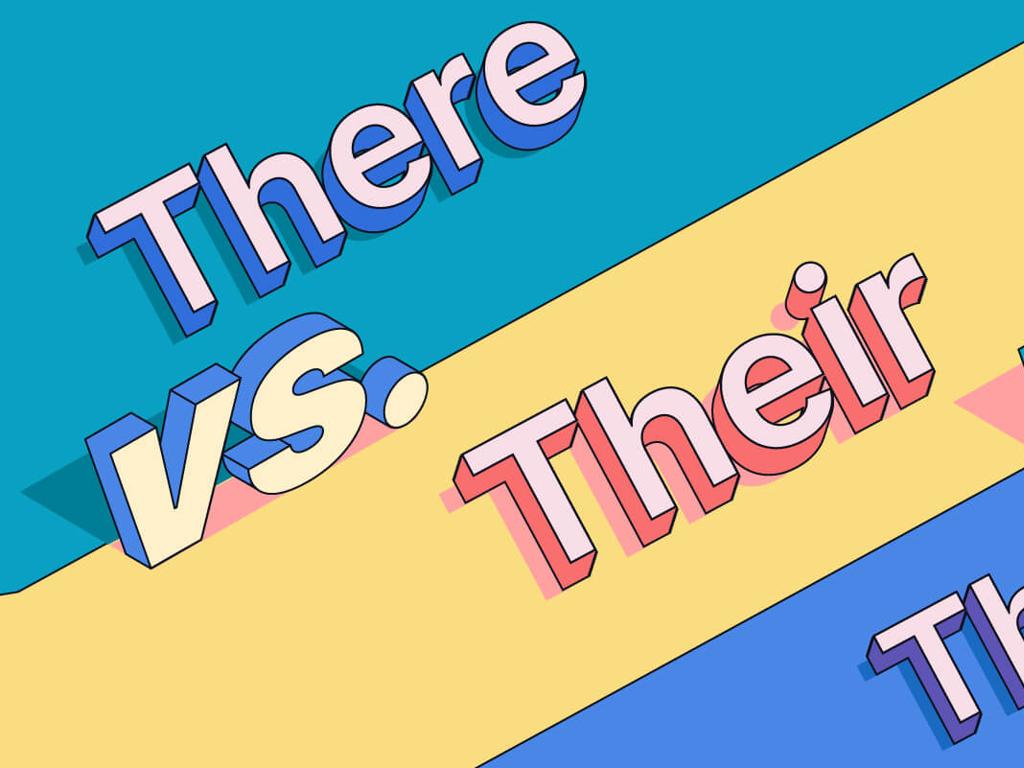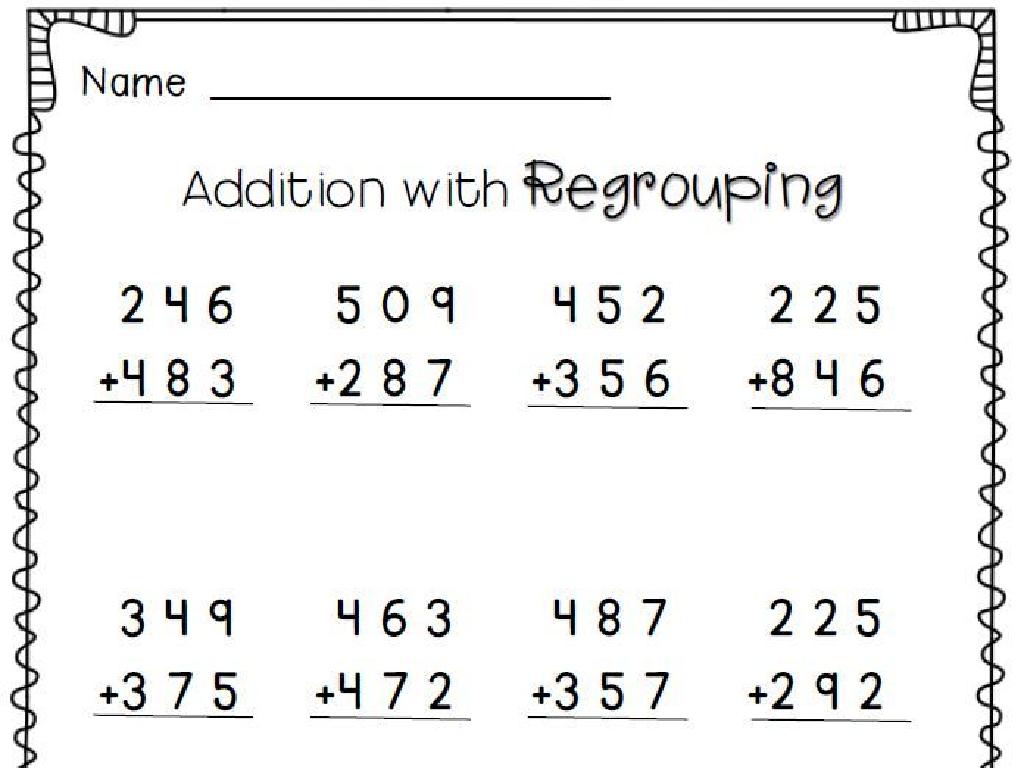Identify Primary And Secondary Sources
Subject: Social studies
Grade: Sixth grade
Topic: Social Studies Skills
Please LOG IN to download the presentation. Access is available to registered users only.
View More Content
Introduction to Sources in History
– Sources as history’s building blocks
– Think of sources as puzzle pieces of history.
– Differentiating sources
– Primary sources are original, firsthand records. Secondary sources interpret primary ones.
– Significance of sources in studies
– Sources help us understand past events and perspectives.
– Engaging with historical sources
|
This slide introduces the concept of sources as fundamental elements that contribute to our understanding of history. It’s crucial for students to recognize that sources come in various forms and serve as the building blocks of historical knowledge. Primary sources provide direct, original evidence from the past, while secondary sources offer interpretations and analyses of primary sources. Emphasize the importance of sources in studying social studies as they allow us to piece together historical events and understand different perspectives. Encourage students to think critically about the sources they encounter and to consider the context in which they were created. Activities can include analyzing a primary source document and comparing it to a textbook’s account (secondary source) to understand the difference.
Exploring Primary Sources
– Define a primary source
– Original materials from the time under study
– Examples of primary sources
– Diaries, speeches, photographs, etc.
– Historians’ use of primary sources
– To gather direct evidence about the past
– Analyzing primary sources
– Look for bias, perspective, and context
|
This slide introduces the concept of primary sources in historical research. A primary source is an original document or physical object created at the time under study. They are firsthand testimonies or direct evidence concerning a topic. Common examples include diaries, speeches, and photographs. Historians use these sources to extract factual information and gain insights into the perspectives of people from the past. When analyzing primary sources, it’s crucial to consider the creator’s bias, the historical context, and the intended audience to understand the source’s reliability and significance. Encourage students to think critically about the sources and question what they can tell us about history.
Understanding Secondary Sources
– Define a secondary source
– An account created after the event by someone who did not experience it
– Examples of secondary sources
– Textbooks, articles, documentaries, etc.
– Compare with primary sources
– Secondary sources analyze primary sources; they often include interpretations
– Significance in research
|
This slide aims to clarify the concept of secondary sources within the context of historical research and study. A secondary source is any material that interprets or analyzes primary sources, which are original documents or physical objects. These can include textbooks that summarize historical events, articles providing commentary or analysis, and documentaries that explore topics using primary source materials. It’s crucial for students to distinguish between primary and secondary sources to understand the perspective and potential bias in the information presented. Encourage students to think critically about the sources they encounter and to consider how interpretations of historical events can vary depending on the author’s viewpoint.
Analyzing Sources: Primary vs. Secondary
– Define primary & secondary sources
– Primary: Direct evidence (diaries, speeches). Secondary: Interpretations (textbooks, articles).
– Clues: Date, Author, Purpose
– Check creation date, who wrote it, and why it was created.
– Group activity: Identify sources
– In groups, determine if given examples are primary or secondary sources.
– Discuss findings with the class
|
This slide is aimed at teaching students how to distinguish between primary and secondary sources, which is a key skill in historical research and analysis. Primary sources are original, first-hand accounts or evidence directly related to the topic, while secondary sources analyze, interpret, or summarize primary sources. Students should look for clues such as the date of the source, who the author is, and the purpose behind its creation. The class activity involves students working in groups to examine various sources and identify them as primary or secondary, fostering collaboration and critical thinking. After the activity, groups will discuss their findings, allowing for a deeper understanding of the concepts. The teacher should prepare diverse examples of both types of sources for the activity and guide the discussion afterward.
Primary vs. Secondary Sources
– Compare primary & secondary sources
– Primary sources are original materials, while secondary sources analyze primary ones.
– Discover differences & similarities
– Both have unique features but can include similar information.
– Learn the value of both source types
– Understanding both helps in research and building knowledge.
|
This slide aims to help students understand the distinction between primary and secondary sources, which is crucial for conducting research. Primary sources are original, firsthand accounts or evidence directly related to the topic. Examples include diaries, speeches, and photographs. Secondary sources, on the other hand, interpret, analyze, or summarize primary sources and include textbooks, articles, and biographies. By comparing these, students will recognize that while primary sources offer direct evidence, secondary sources provide context and analysis. Emphasize that both are valuable: primary sources for original perspective and secondary sources for comprehensive understanding. Encourage students to think of examples and consider how each type of source might be useful in their studies.
Class Activity: Source Scavenger Hunt
– Understand scavenger hunt rules
– Work in teams to find sources
– Collaborate to locate different sources
– Determine if sources are primary or secondary
– Use clues to classify each source correctly
– Share discoveries with the class
|
This interactive class activity is designed to help students apply their knowledge of primary and secondary sources in a practical setting. Divide the class into small teams and provide them with a list of sources to find within the classroom or school. These could include textbooks, letters, diaries, photographs, newspaper articles, and more. Each team will determine whether their found items are primary or secondary sources. After the scavenger hunt, teams will present their findings to the class, explaining their reasoning for each classification. This activity encourages teamwork, critical thinking, and public speaking skills. Possible variations of the activity could include a timed challenge, rewards for the most sources found, or creative presentations of findings.
Conclusion: Primary vs. Secondary Sources
– Recap: Primary & Secondary Sources
– Primary sources are original, firsthand records. Secondary sources analyze primary ones.
– Why Identify Source Types?
– Knowing the difference helps evaluate the reliability of information.
– Engage in Q&A Session
– Discuss with Classmates
– Share thoughts on sources and their uses in understanding history.
|
As we wrap up, let’s review what we’ve learned about primary and secondary sources. Primary sources are original materials from the time period being studied. They include diaries, speeches, letters, official records, and artifacts. Secondary sources are created after the fact and provide analysis or interpretation of primary sources, like textbooks and articles. Understanding the distinction is crucial for critical thinking and analyzing historical events. Encourage students to ask any lingering questions they have and to participate in a class discussion to deepen their comprehension and to hear different perspectives on the importance of source identification.






